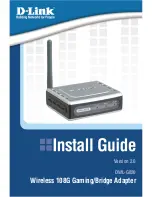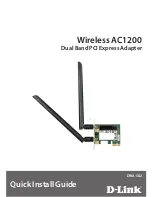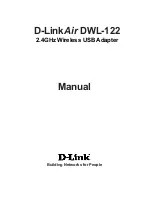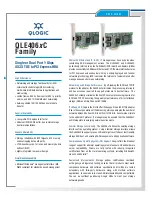
Protocol
A protocol is a standardized set of rules that specify how a conversation
is to take place, including the format, timing, sequencing and/ or error
checking.
Roaming
In an infrastructure network, this is when a wireless PC moves out of
range of the previously connected access point and connects to a newly
connected access point. Throughout the network environment where
access point is deployed, PCs can always be connected regardless of
where they are located or roam.
SSID
A Network ID unique to a network. Only clients and Access Points that
share the same SSID are able to communicate with each other. This string
is case-sensitive.
Simple Network Management Protocol (SNMP)
Simple Network Management Protocol is the network management protocol
of TCP/IP. In SNMP, agents-which can be hardware as well as software-
monitor the activity in the various devices on the network and
report to the network console workstation. Control information about
each device is maintained in a structure known as a management information
block.
Static IP Addressing
A method of assigning IP addresses to clients on the network. In networks
with Static IP address, the network administrator manually assigns an IP
address to each computer. Once a Static IP address is assigned, a computer
uses the same IP address every time it reboots and logs on to the
network, unless it is manually changed.
Temporal Key Integrity Protocol (TKIP)
The Temporal Key Integrity Protocol, pronounced tee-kip, is part of the
IEEE 802.11i encryption standard for wireless LANs. TKIP is the next
generation of WEP, the Wired Equivalency Protocol, which is used to
secure 802.11 wireless LANs. TKIP provides per-packet key mixing, a
message integrity check and a re-keying mechanism, thus fixing the
flaws of WEP.
25




































